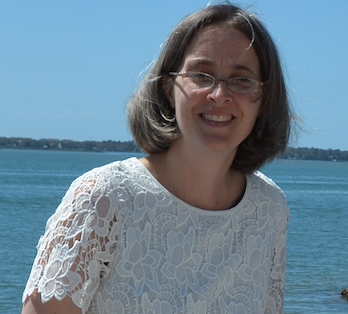The Charlotte/Mecklenburg public school system serves 140,000 kids. And that can make parents feel they’re constantly living with the possibility of redistricting, and that their children may fall between the cracks of the educational behemoth. That’s according to JLF’s Terry Stoops in this Heartland Institute story about efforts by the Town of Matthews to look at other options for the community’s kids.
Task force chair Landon Dunn, an attorney, told School Reform News the board initially thought Matthews should become its own school district. To separate from CMS, however, the town would have to get a bill from the state legislature to create a separate district, and the creation of an entire new district did not seem financially feasible, the task force determined.
Innovative ‘Charter School Campus’
Dunn says the task force refocused its energies on school choice to satisfy the diverse needs of the community.
“We came up with an idea of a charter school campus,” Dunn said. “Matthews would have a business park that we would fill with charters. There could maybe be a language immersion school, classical school, and an incubator for parents who were interested in getting started on a charter school.”
The schools would share certain facilities, such as a gymnasium and auditorium, Dunn says, with the focus on providing a stable community for the children and other residents of Matthews.
North Carolina House Bill 514, introduced by Rep. Bill Brawley (R-Mecklenburg) in March 2017, would “permit certain towns to operate charter schools,” the bill’s language states. The bill would create a Charter School District for Matthews and Mint Hill and would enable the towns to give admission preference to town residents.
H.B. 514 passed in April 2017 and is under consideration by the Senate Rules Committee.
Stoops explains that parents want options and the school choice movement is thriving in North Carolina.
“This year [charter school enrollment] has exceeded 100,000 students for the first time, and we have 173 schools,” Stoops said. “The number of students on wait lists is in the tens of thousands. Supply is not keeping up with demand. Charter schools in urban and suburban counties are proliferating because there is such a high demand for educational options.”
Traditional public schools still serve the majority of North Carolina students. But it’s unrealistic to expect one system to meet the needs, wants, and individual challenges and aptitudes of every child. Choice simply makes sense.


